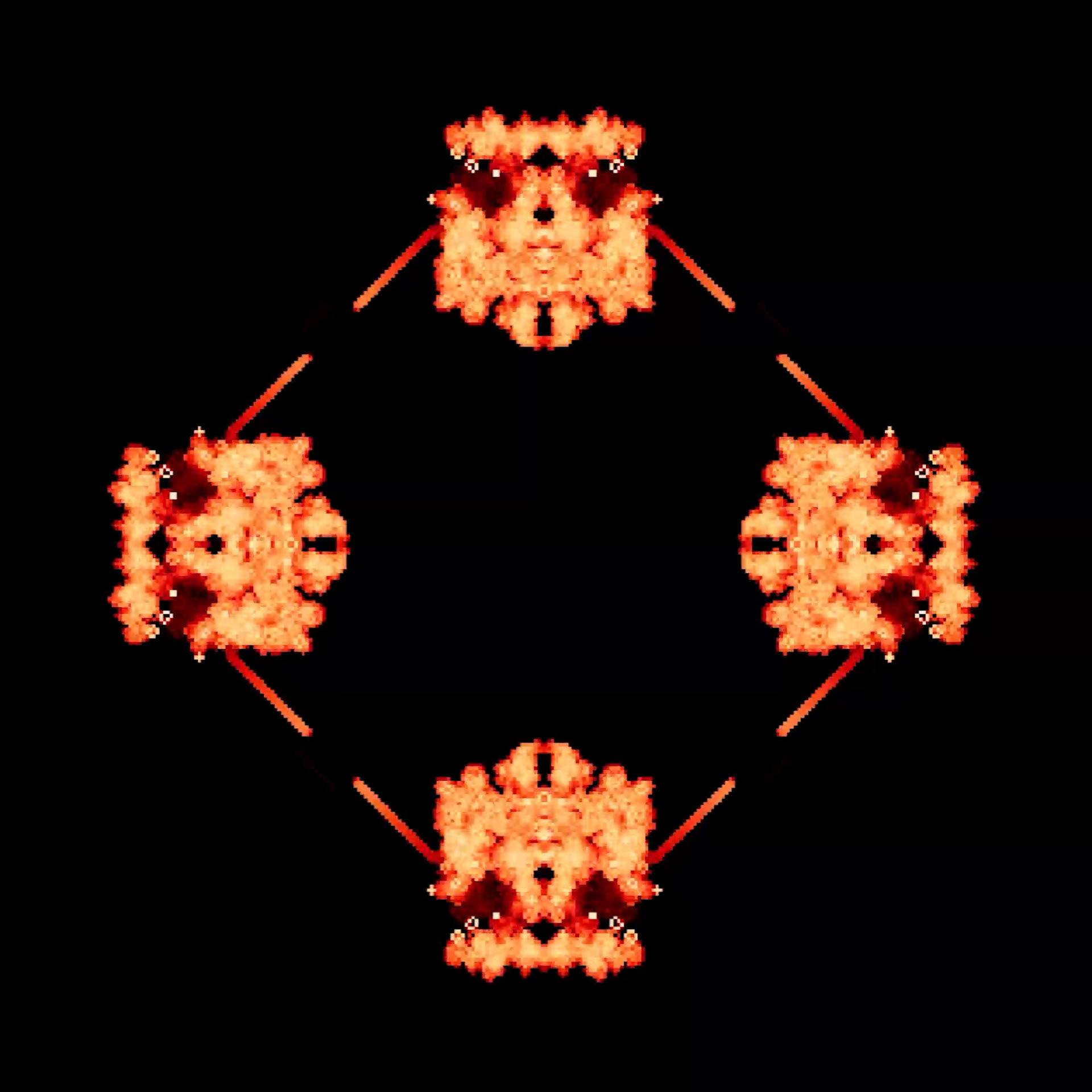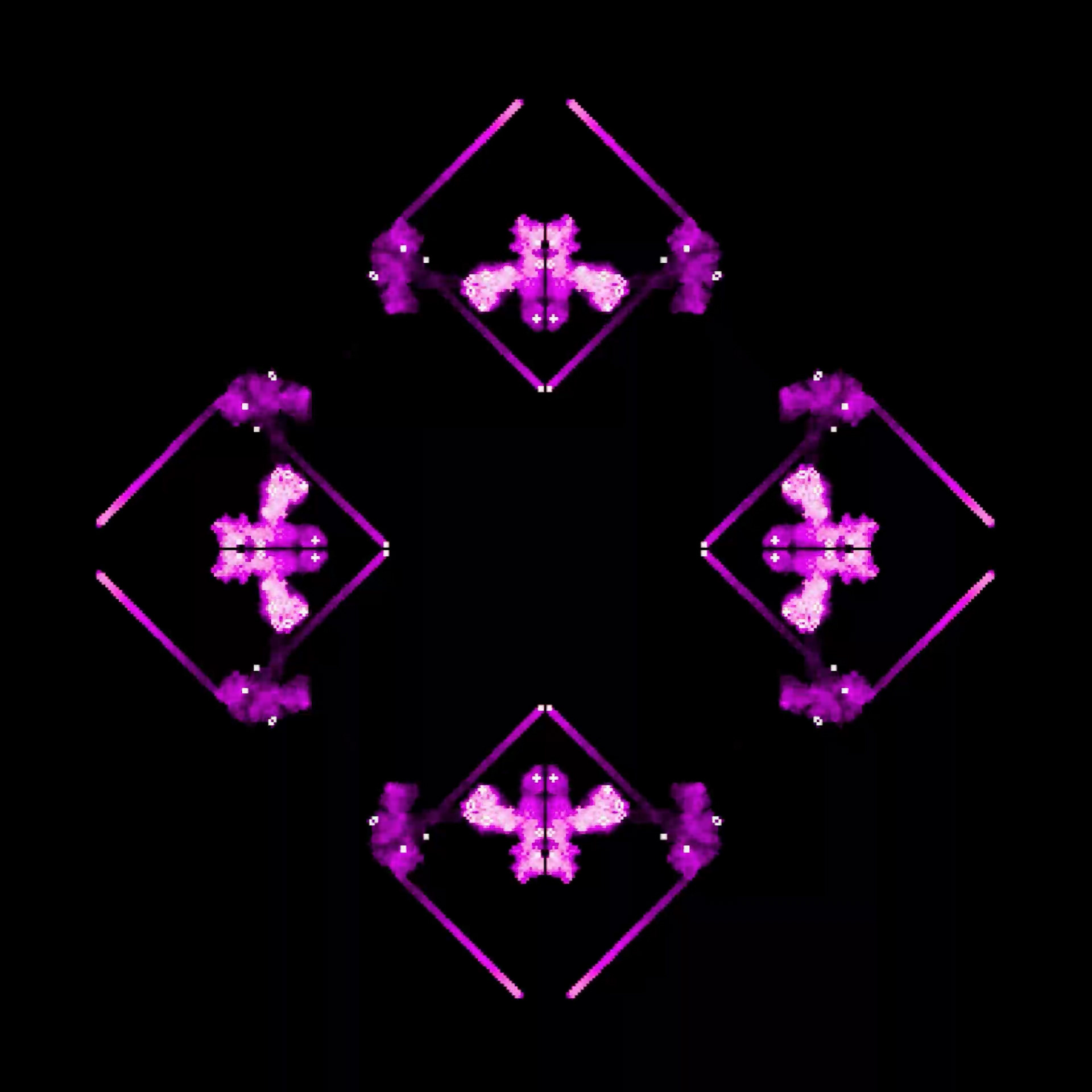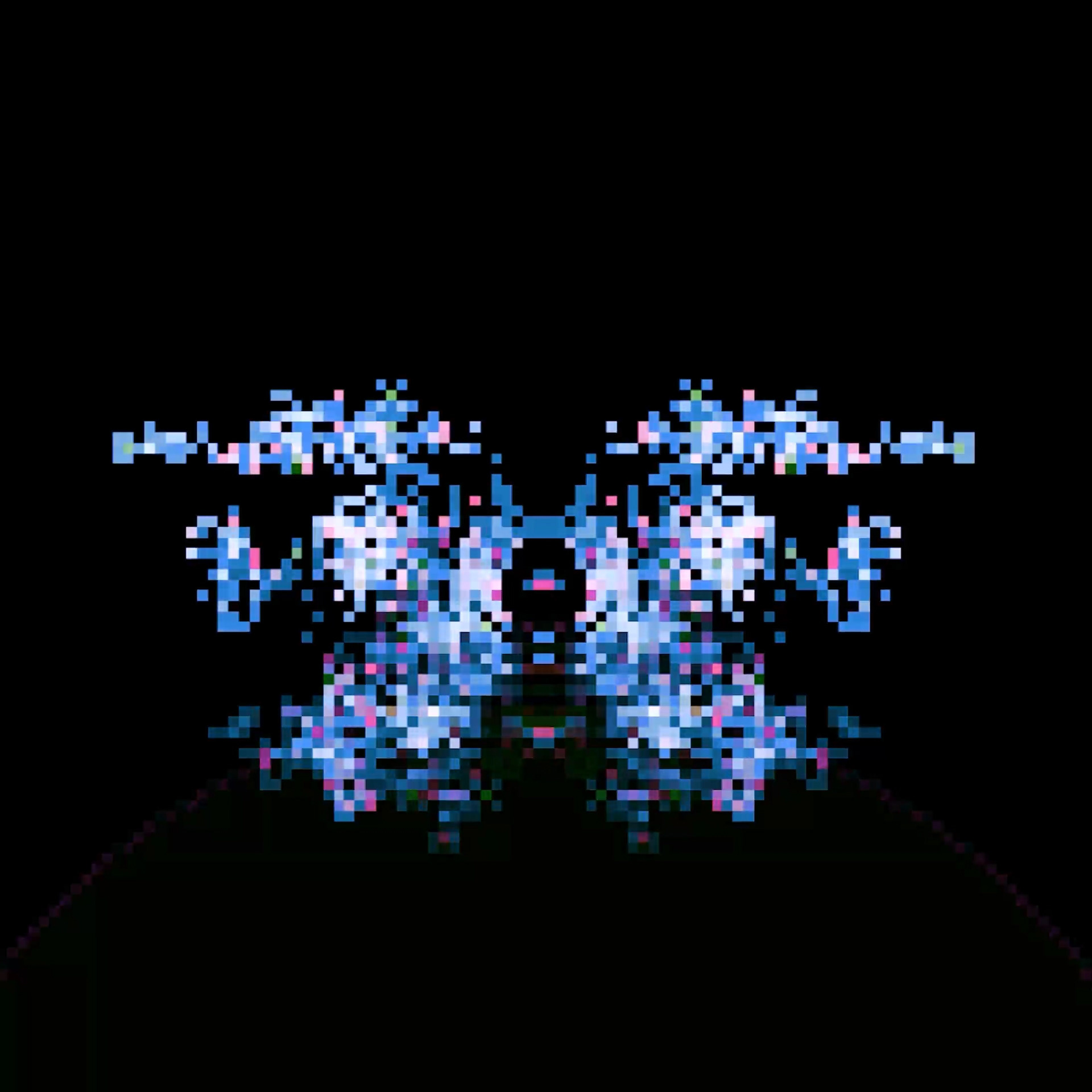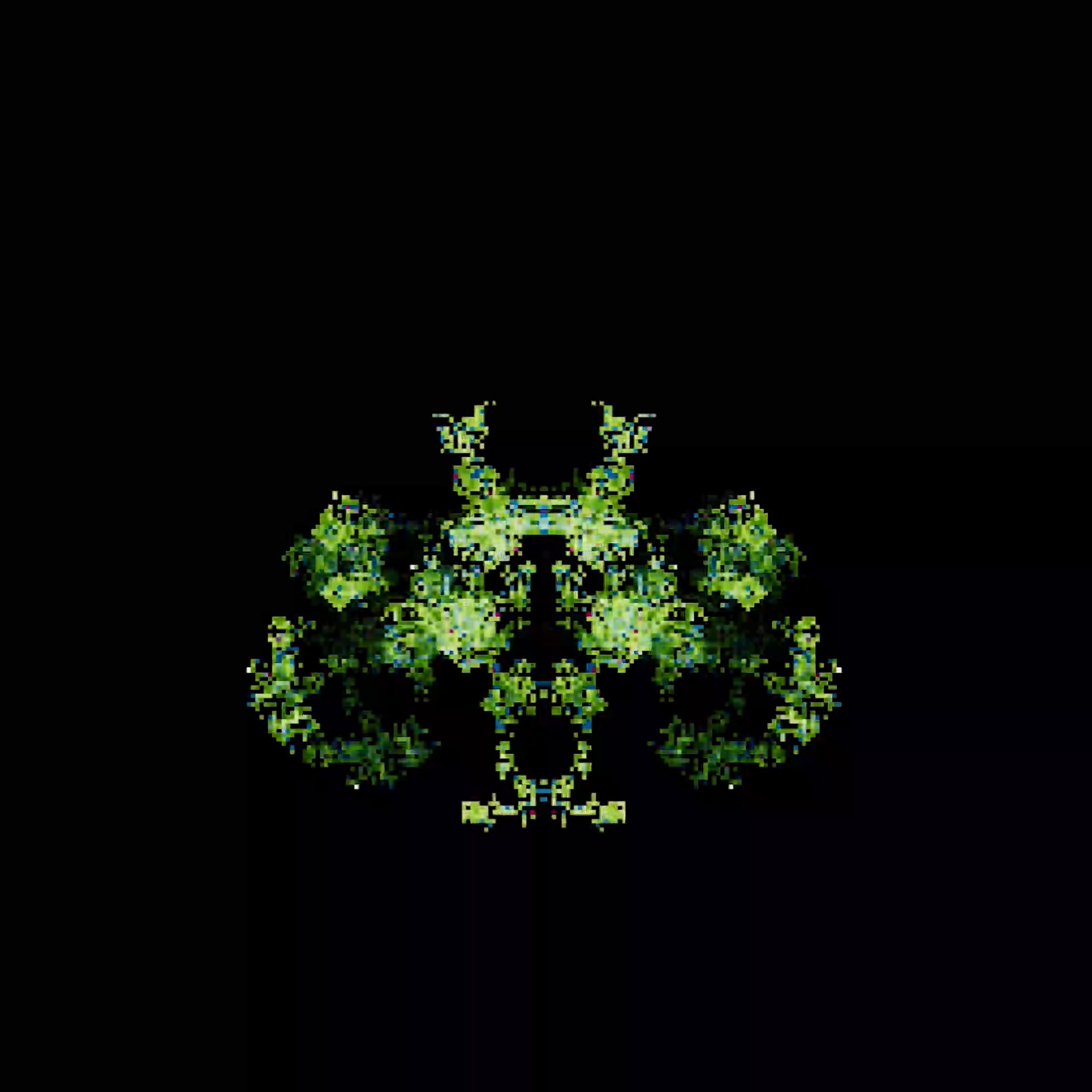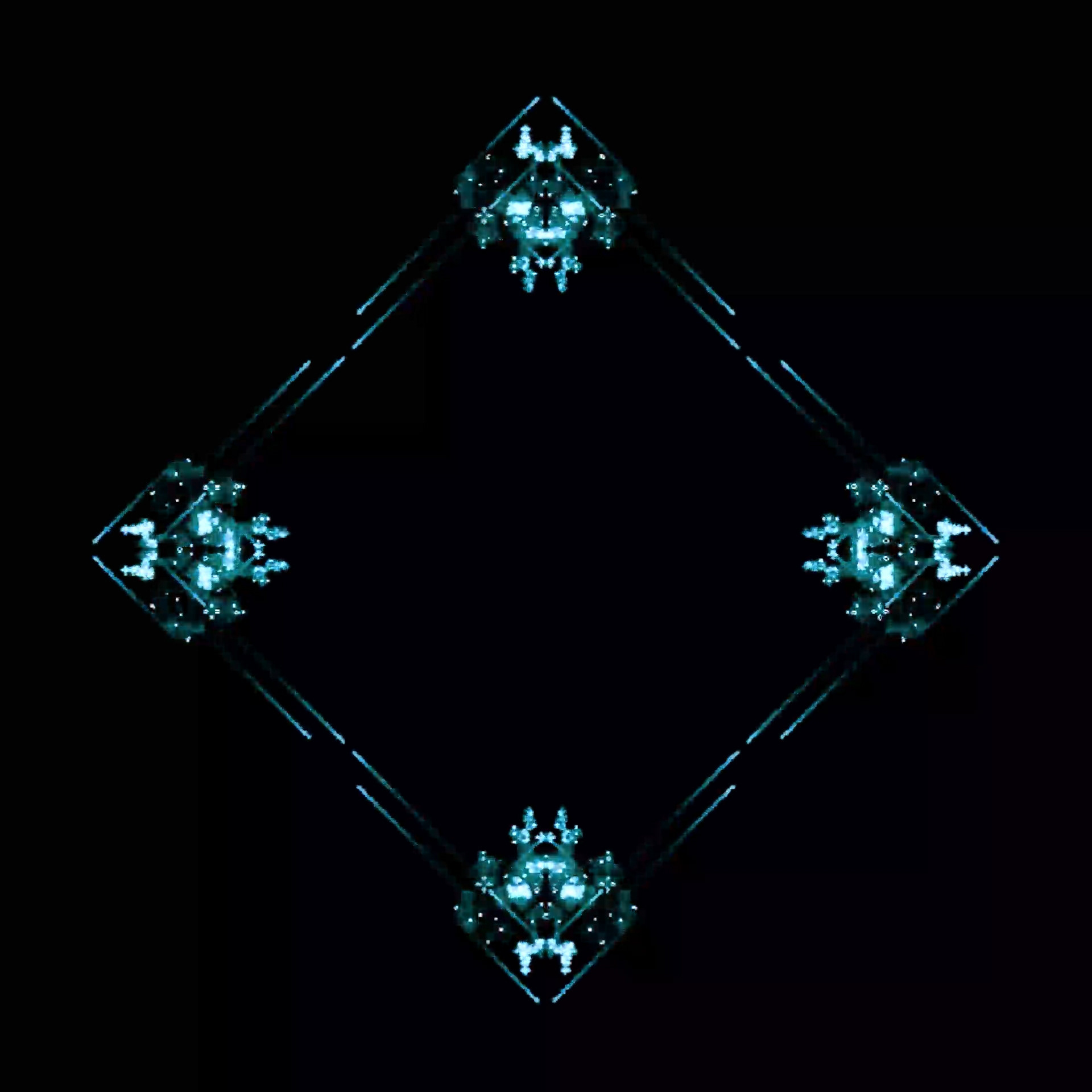This motion series was created as part of the Intro to Compute Shaders workshop by Arsiliath. By using C# to write Compute Shaders within Unity, one is able to achieve real-time bio-inspired simulations.
Year : 2021
Client : Personal
Discipline : Programming, Motion Design, Sound Design
Software : Unity (C#)
Physarum
These simulations are inspired by the methods that Physarum Slime Mold uses to discover food and transport nutrients. At its simplest it's a massive and complex game of follow the leader. Initially millions of particles wander aimlessly, leaving behind a trail of pheromones in their path. Particles are drawn to follow these trails but are still influenced by their desire to wander especially when the trails become weaker. These simple rule within the context of a massive community of particles allows a wide range of complex behaviors to occur.
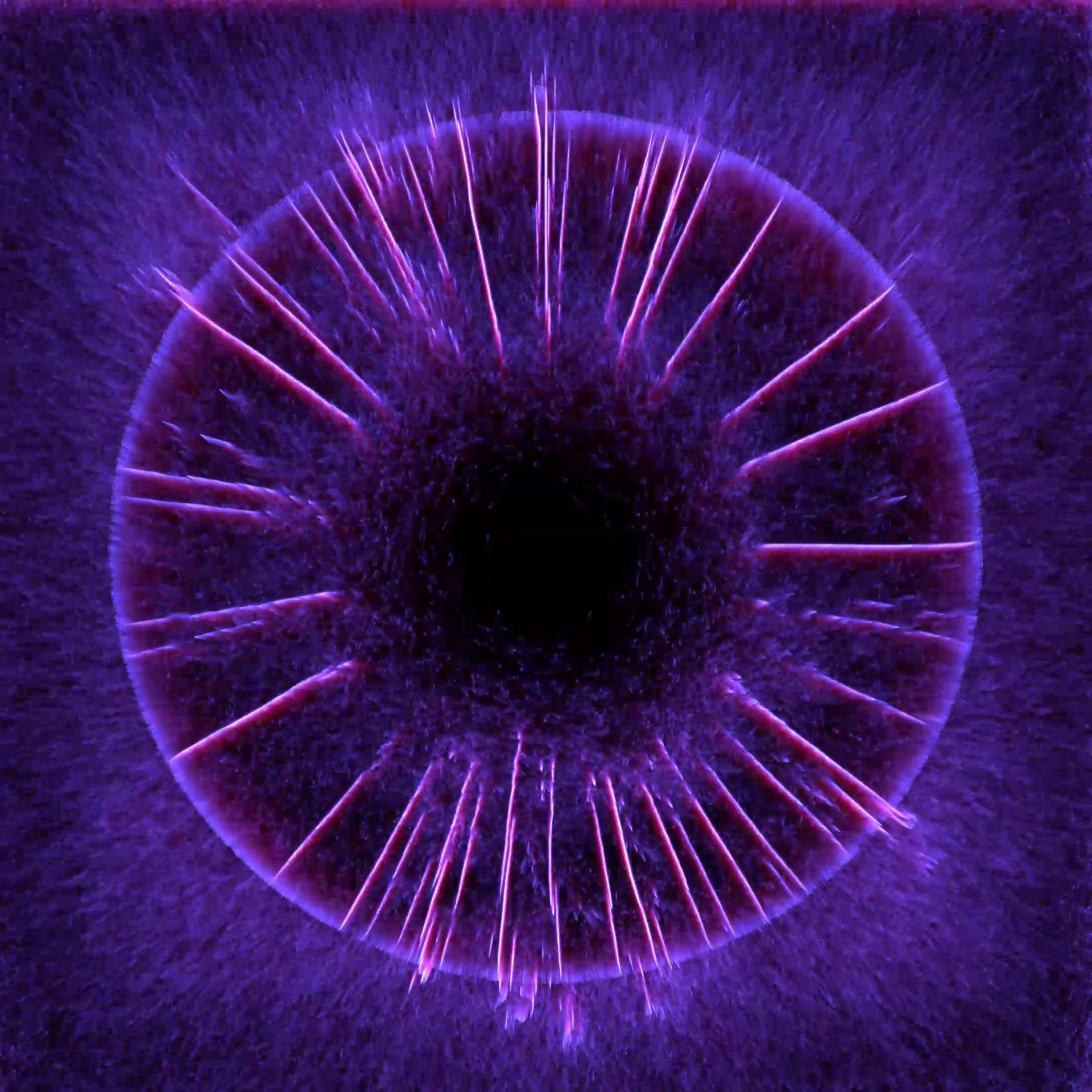

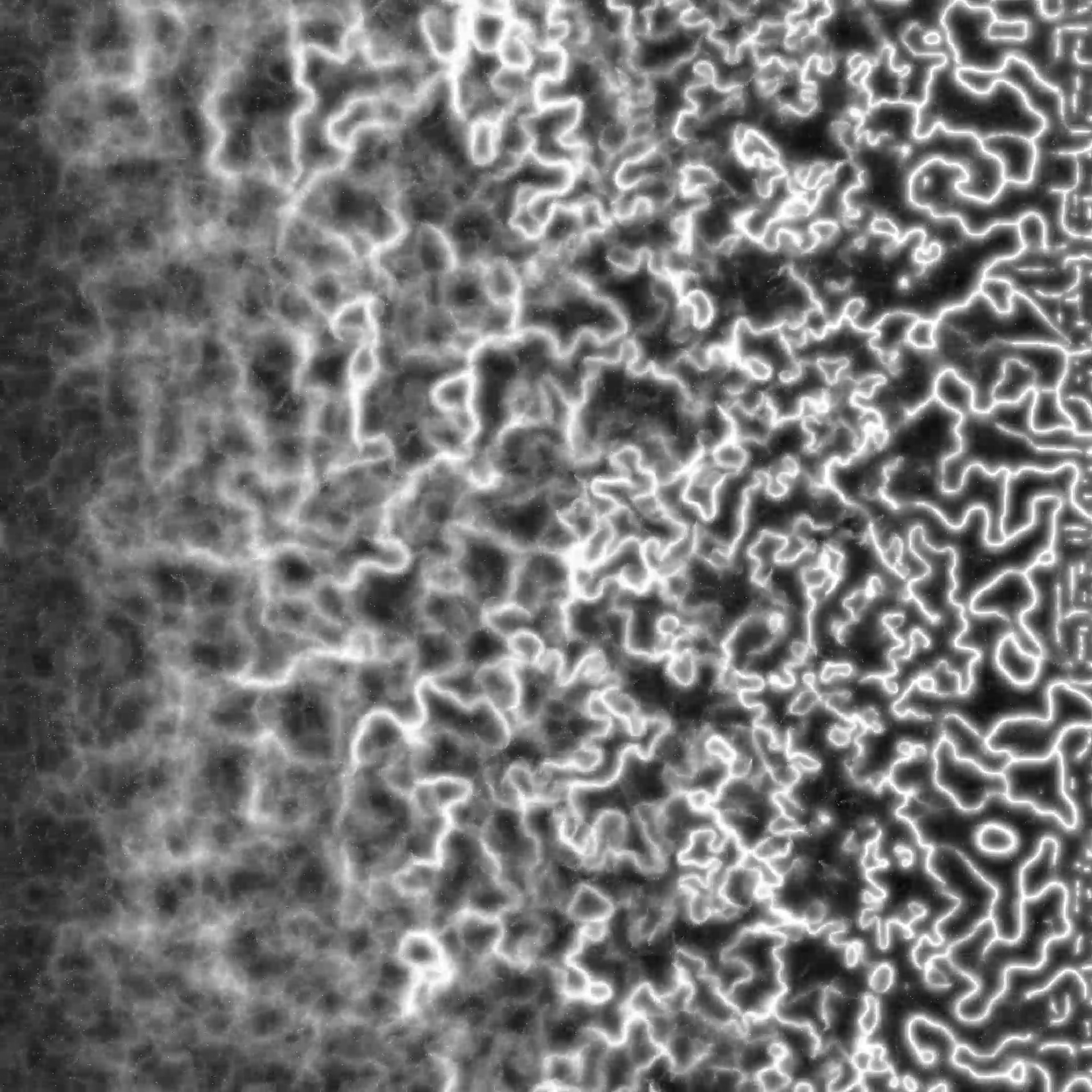

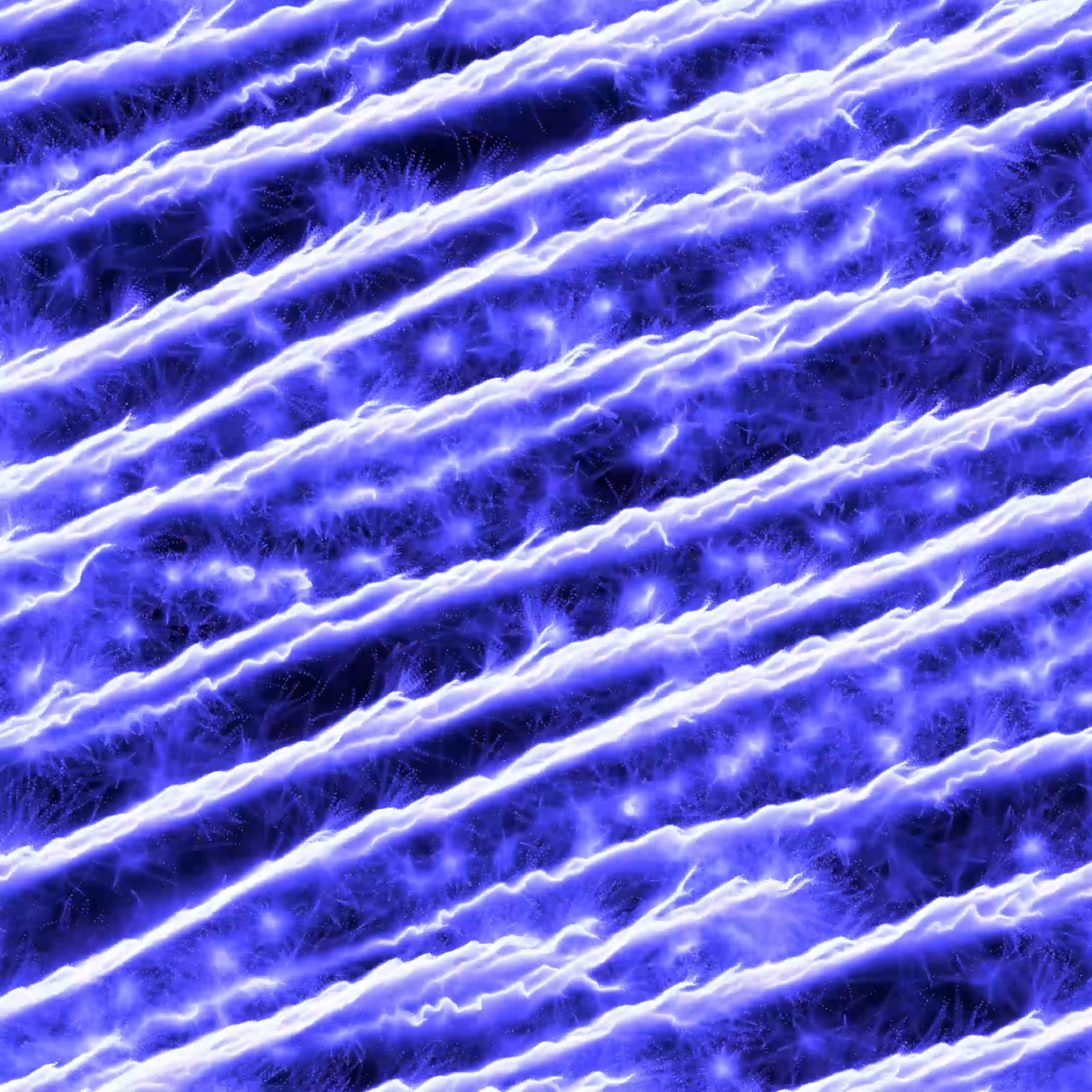
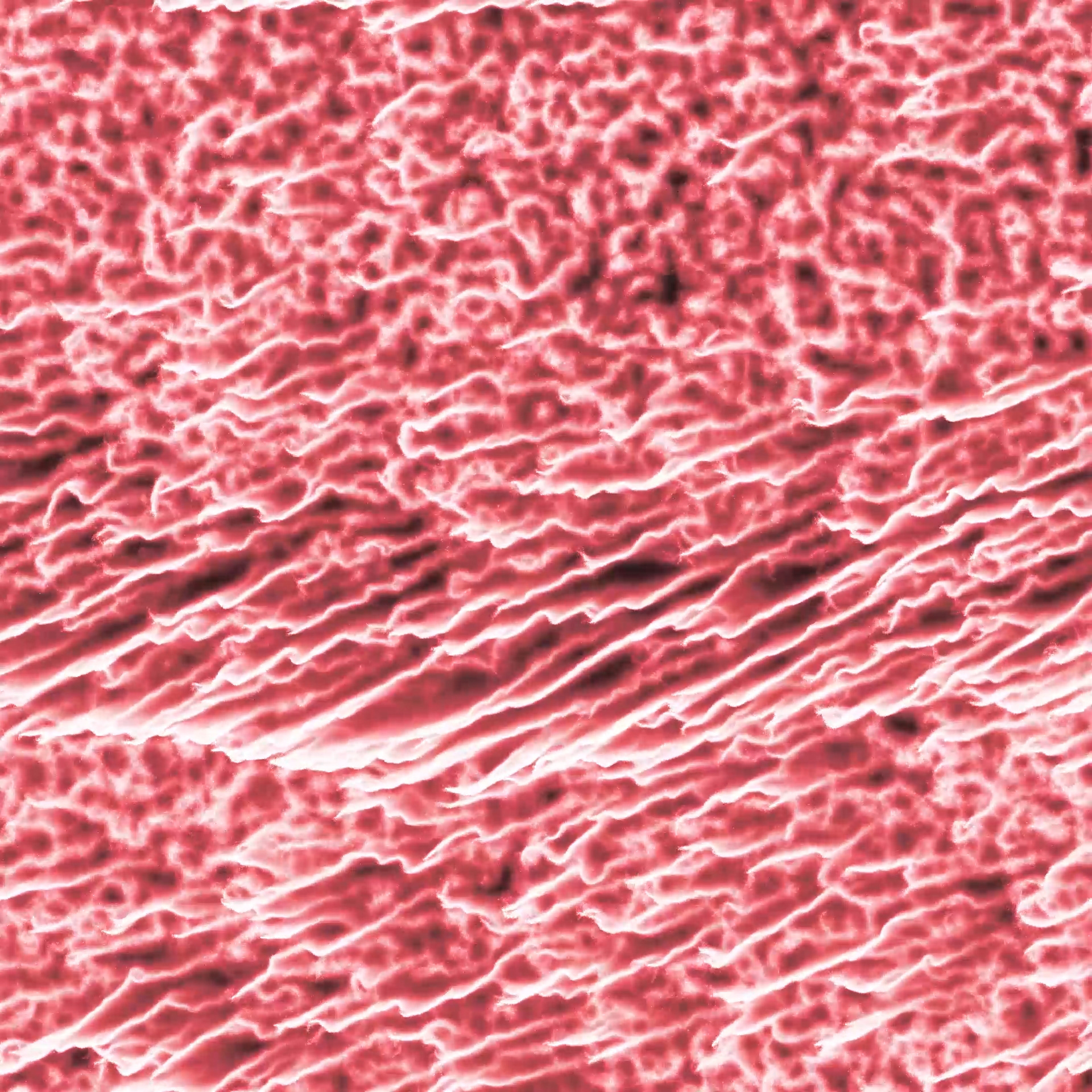
Cyclic Cellular Automata
A cellular automaton consists of a regular grid of cells (pixels in this case). Each cell has a defined set of states it can be in. The cell looks at the cells around itself, and depending of the states of those neighbors, the cell decides how to change its own state. This decision is made by every cell on the grid every frame, creating the reaction below. The rules that guide the cell's decision are predefined by the programmer, as well as how the state of the cell is displayed, which is most often translated to color.


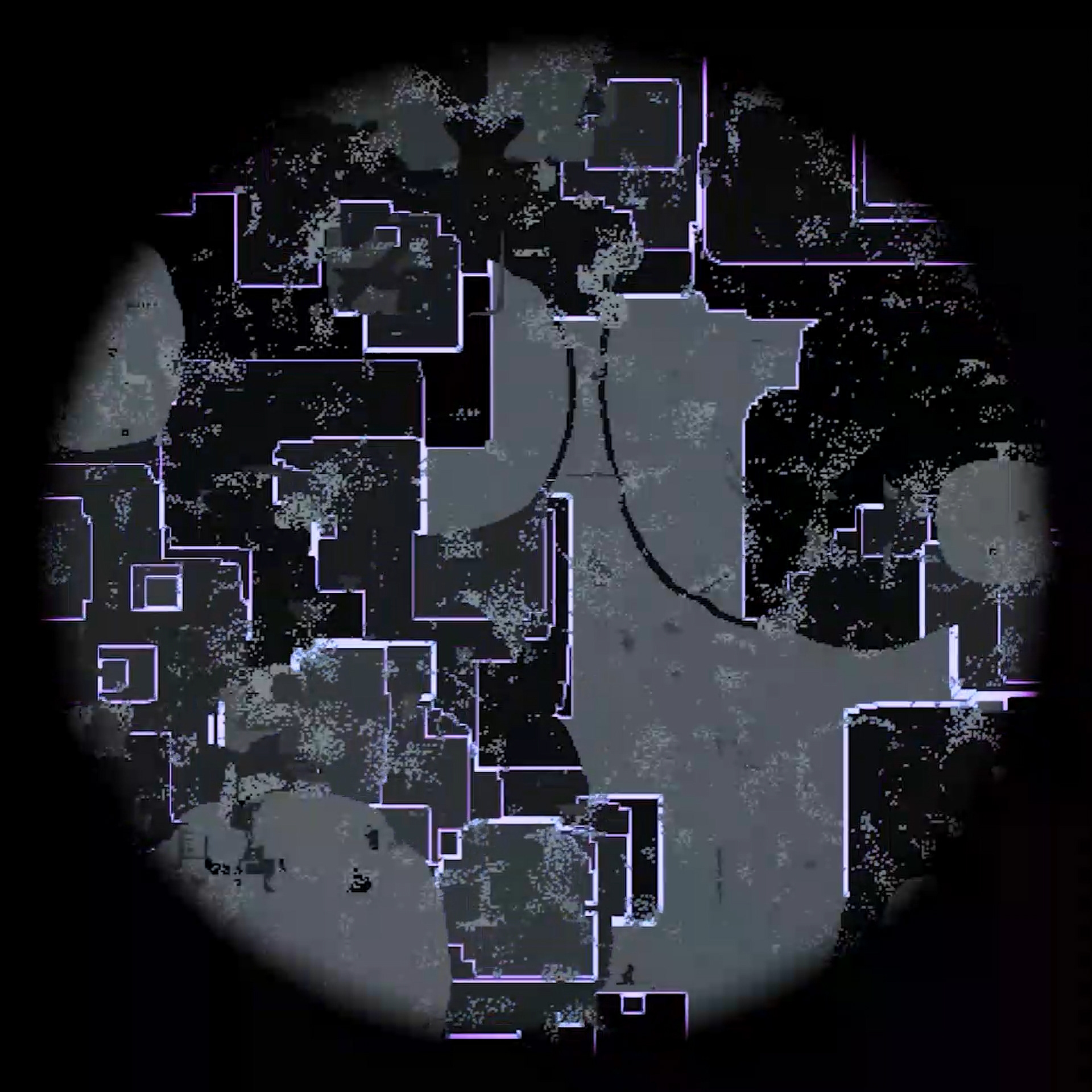

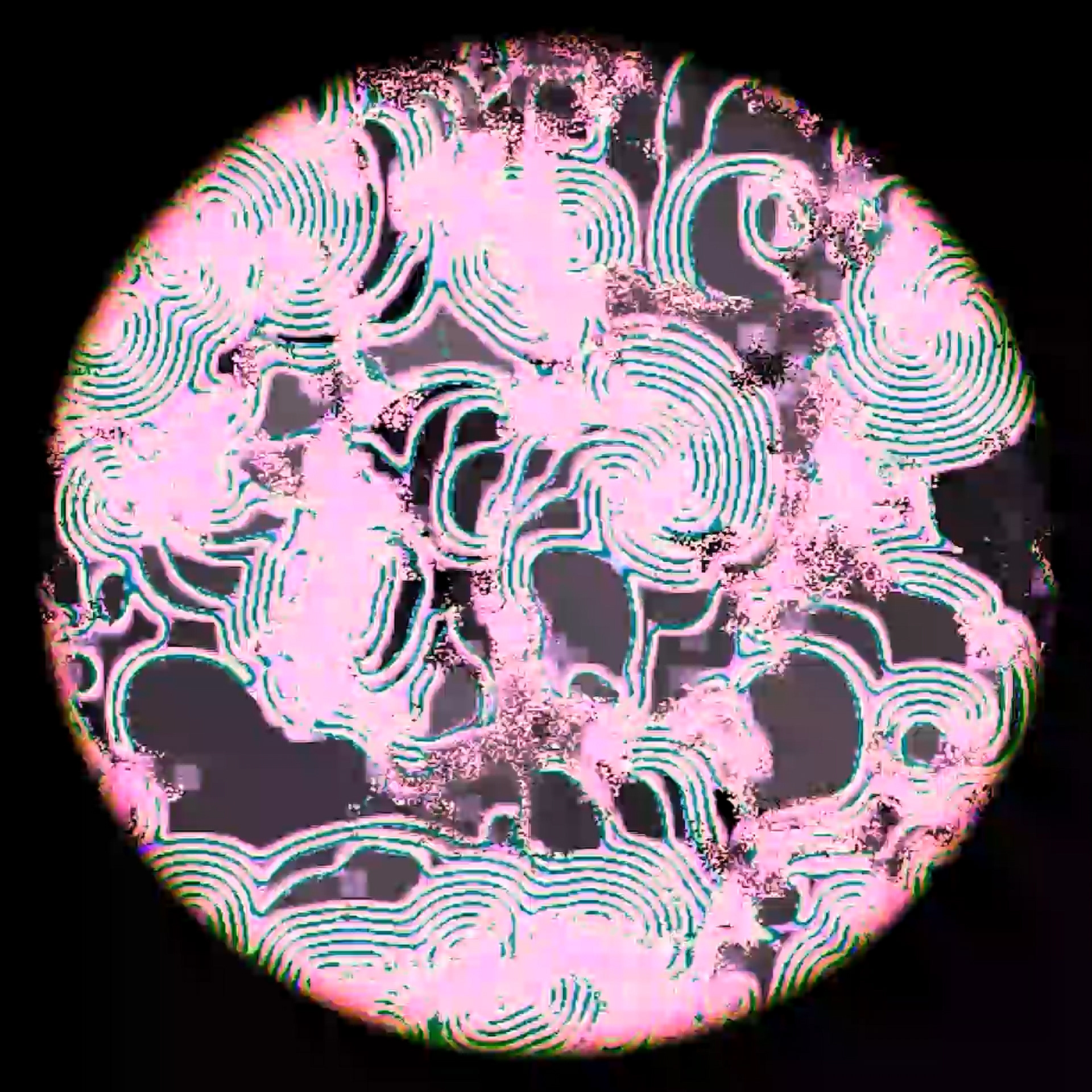
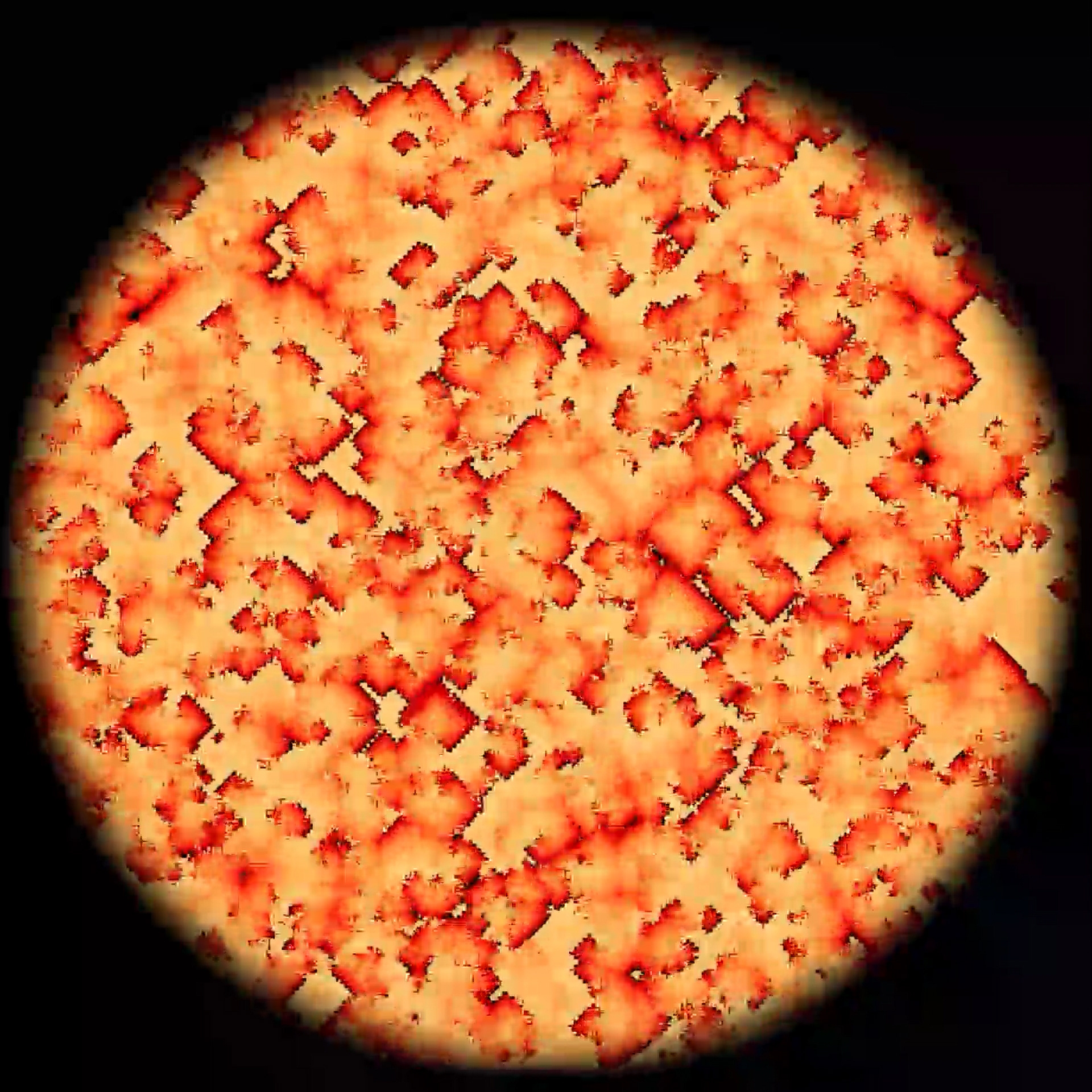
Edge of Chaos
This project is an implementation of one-dimensional cellular automata, where the progression of the simulation is recorded vertically. Edge of Chaos refers to the delicate sweet spot in the ruleset which allows for the most interesting visual results.
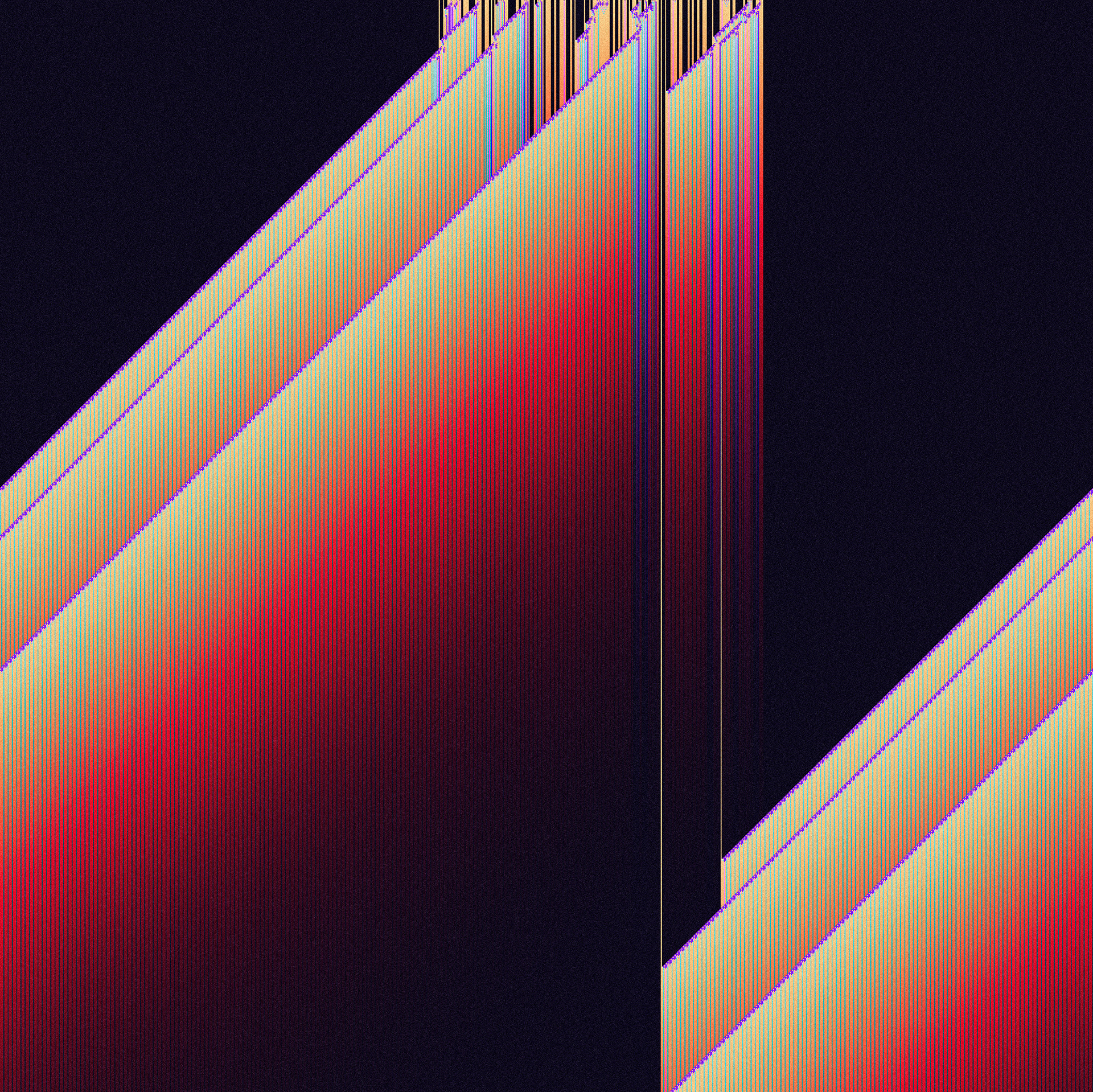

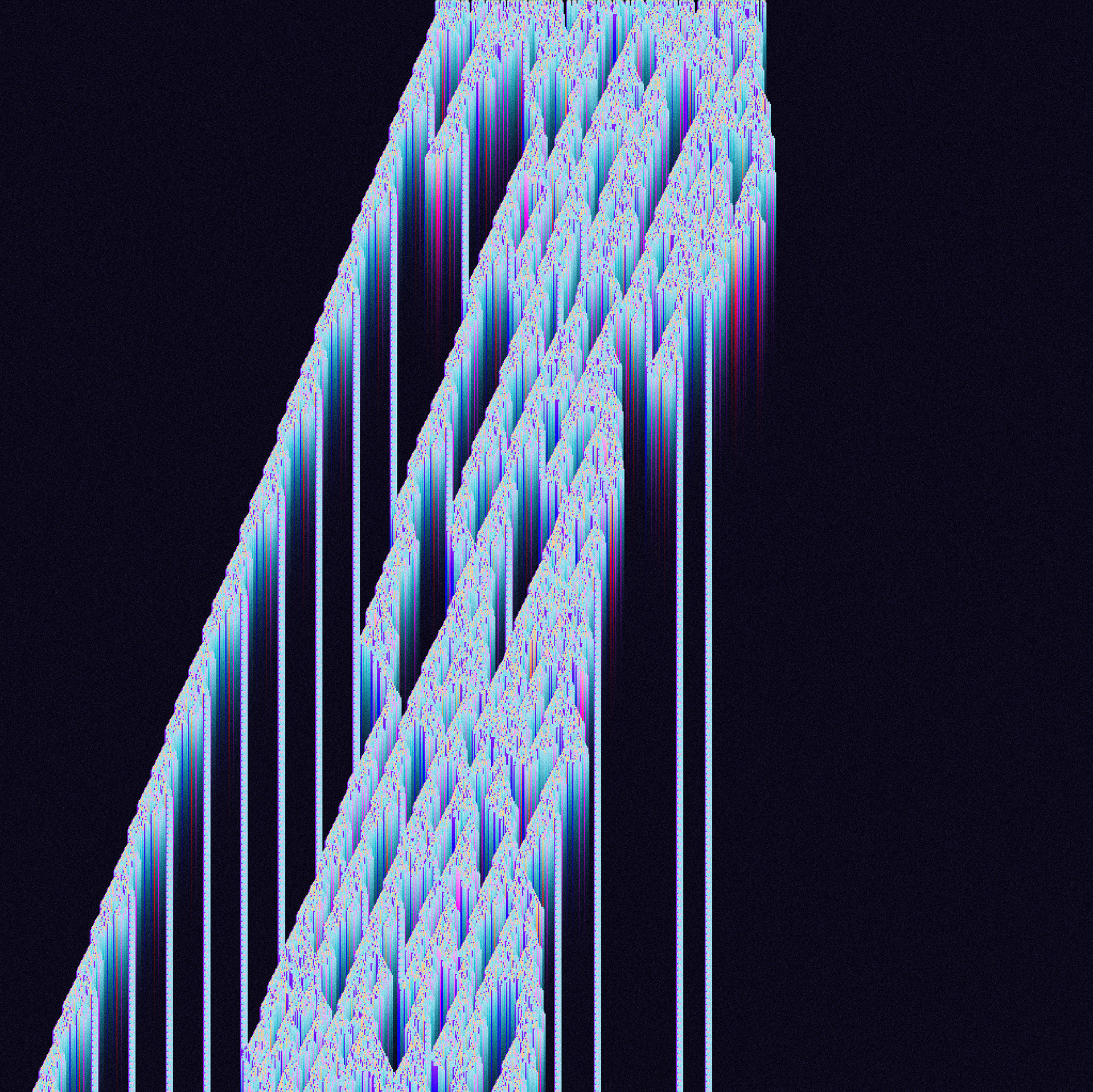
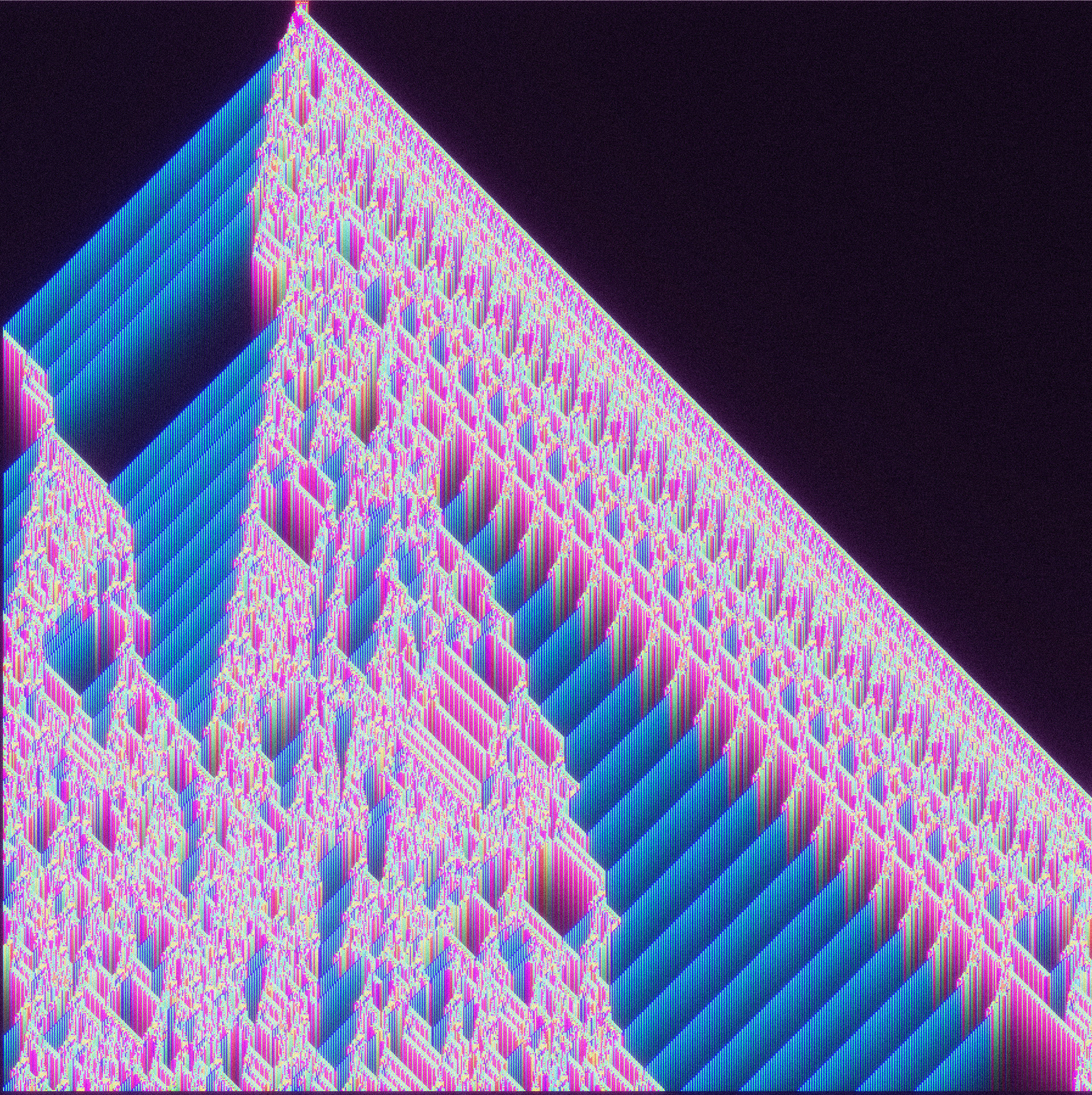
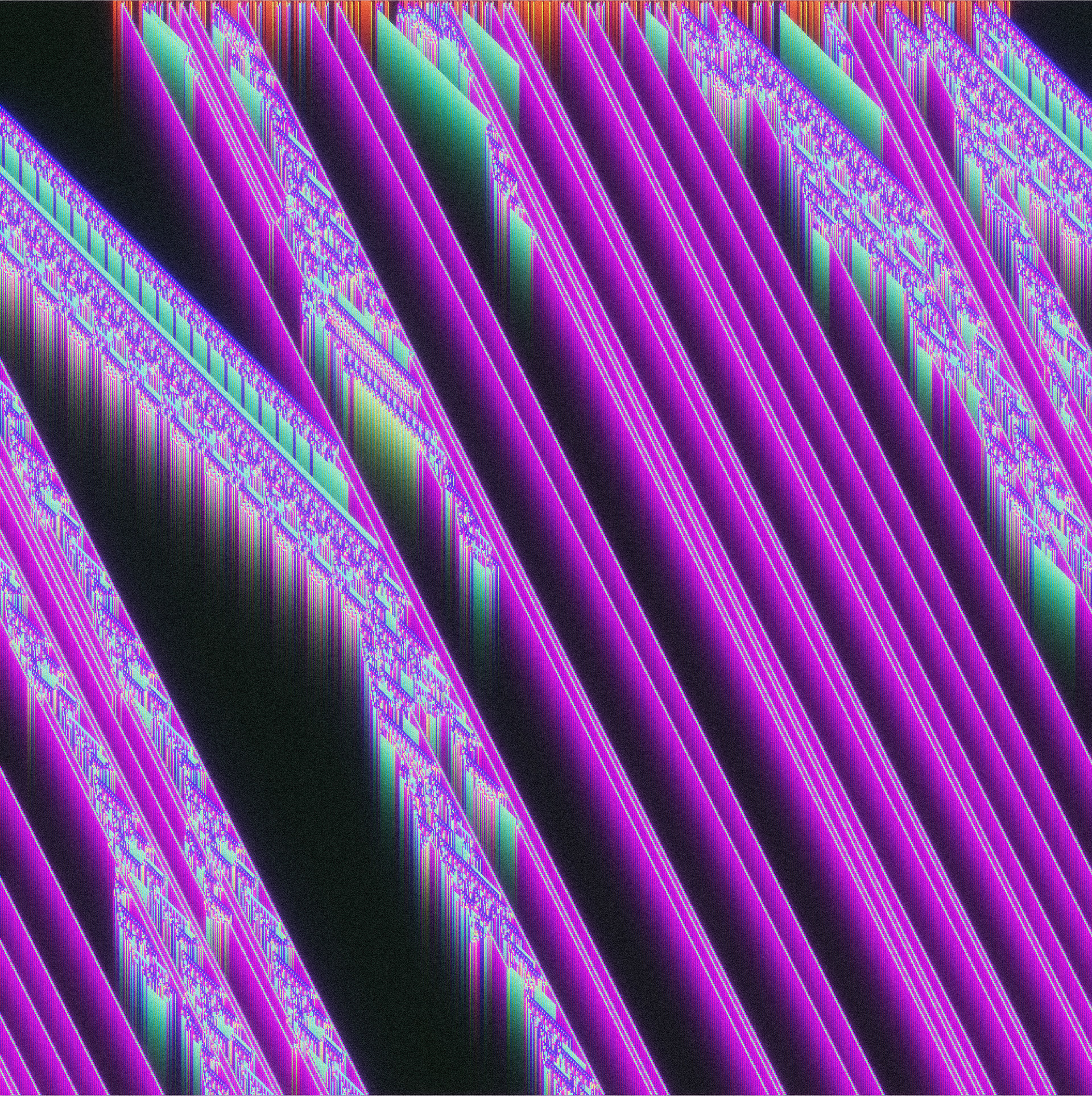
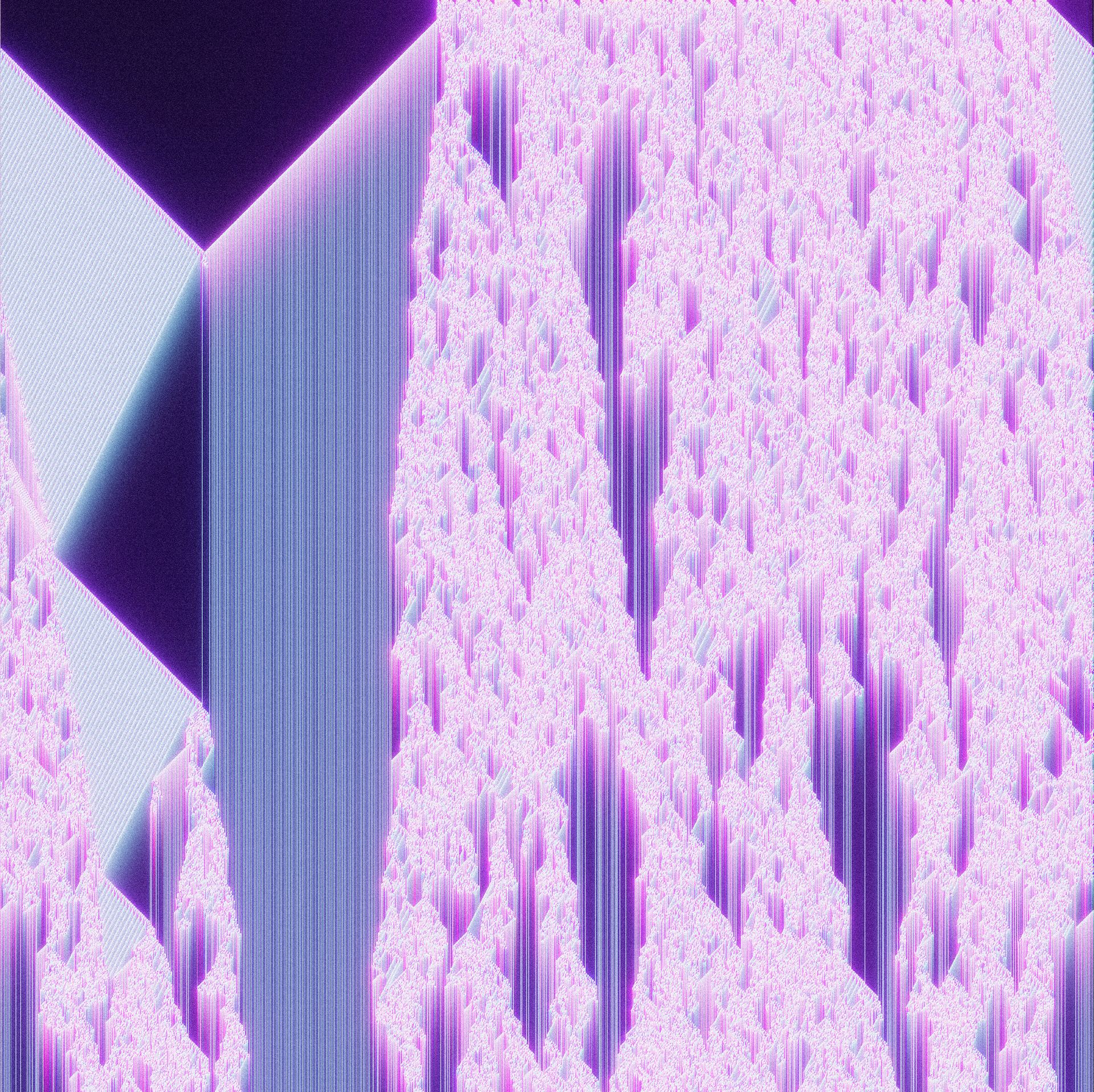
Game of Life
Conway's Game of Life is yet another implementation of cellular automata. In this case, the ruleset was defined by the British mathematician John Horton Conway in 1970 to give rise a particular set of visual patterns.
